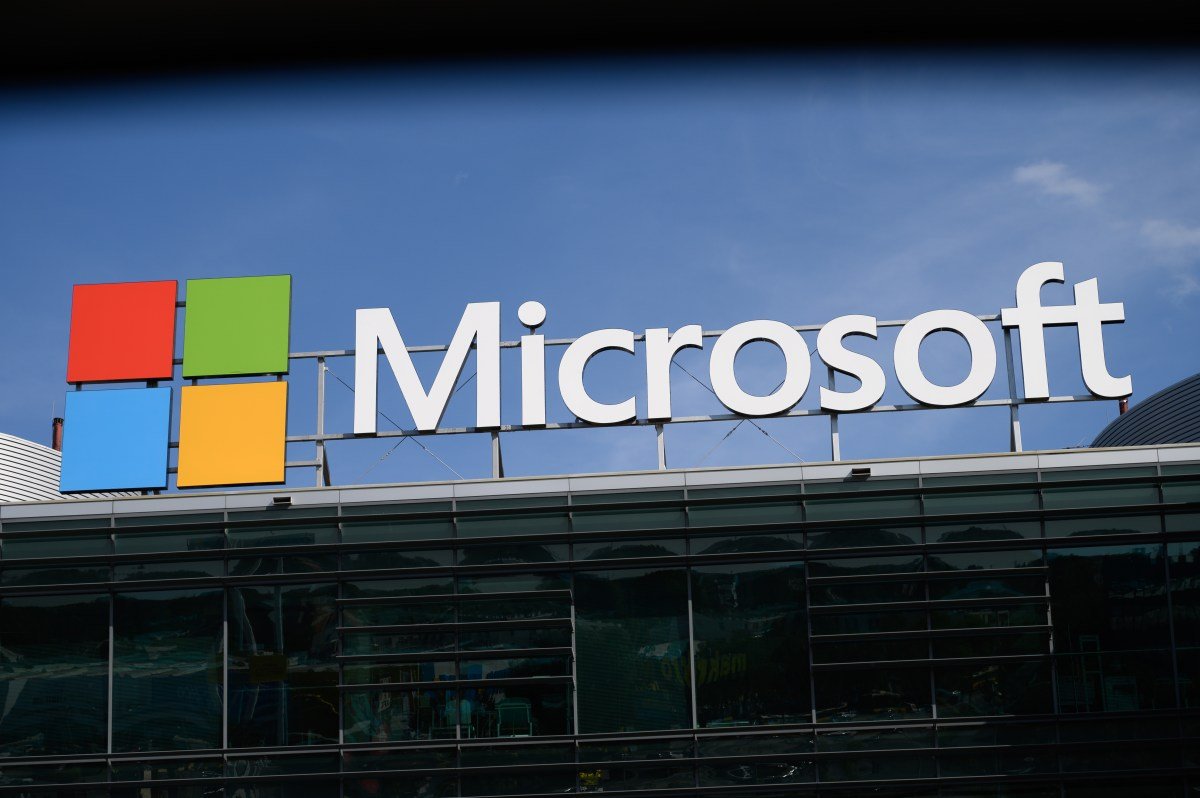
Microsoft is also tinkering with the idea of running security products outside of the usual “kernel mode,” bringing them more in line with your average Windows applications.
The kernel mode switcheroo, scheduled for a private preview in July 2025, is aimed at fixing the glitch that caused the CrowdStrike fiasco. A wonky update to CrowdStrike’s Falcon software caused Windows machines to go haywire. After the CrowdStrike outage shook things up in July Microsoft pledged to step up its game acknowledging that it was a rare slip-up né?. Case in point: Quick Machine Recovery, slated to drop in early 2025, will empower IT pros to troubleshoot software hiccups remotely even if Windows machines are being stubborn. It’s all about keeping users up-to-date without any hassle.
With lingering heat from the CrowdStrike drama and recent hacking woes Microsoft is ramping up its security efforts big time. Security know-how is now a key aspect of performance reviews for all employees and Microsoft has even roped in some deputy chief information security officers to keep things in check. né?. This nifty feature lets updates slide in smoothly in the background, no annoying restarts required né?. Thousands of engineers are on the case, working to fortify cybersecurity. This nifty feature grants temporary admin privileges that self-destruct after use, keeping things secure.
In a bid to make life easier for users, Microsoft is rolling out hot-patching for Windows 11 Enterprise 24H2 and Windows 365. David Weston, Microsoft’s VP, is confident that this tweak will beef up security and recovery, minimizing the fallout from crashes.
Another gem in the pipeline is Administrator Protection, letting Windows users without admin powers tweak things as needed né?. Fast forward to Microsoft Ignite 2024, where they spilled the beans on some tweaks coming to Windows to prevent similar hiccups.
These changes might not happen overnight


